37 consider the diagram. lines e and c can be described as .
Consider the diagram. Why are lines e and c skew lines? They lie in different planes and will never intersect. They lie in the same plane but will never intersect. They lie in different planes but will intersect if a plane is drawn to contain both lines. They lie in different planes and will be parallel if a plane is drawn to contain both lines.
none of these. skew. perpendicular. Planes Q and R are parallel. Explain how you know lines a and b are skew. Skew lines are noncoplanar and do not intersect. Line a lies in plane Q and line b lies in plane R, so the lines are not coplanar. No other plane can be drawn through the lines, so they are not parallel. So, a and b are skew.
consider the 2 planes In the diagram, the only figure that could be parallel to line c is. ... Consider the diagram Why are lines e and c skew lines? They lie in different planes and will never intersect. ... Tell whether two angles can be as described. Justify your answers.
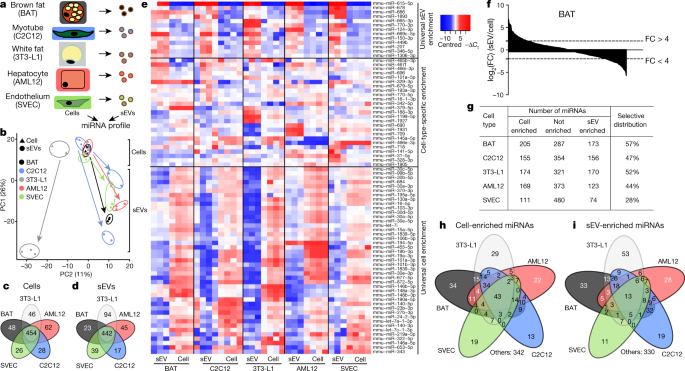
Consider the diagram. lines e and c can be described as .
A useful means of visually representing the vector nature of an electric field is through the use of electric field lines of force. A pattern of several lines are drawn that extend between infinity and the source charge or from a source charge to a second nearby charge. The pattern of lines, sometimes referred to as electric field lines, point in the direction that a positive test charge would ...
C. 3 D. 4 E. Infinitely many 45° 45° 45° Plane Mirrors III A ray of light is approaching a set of three mirrors as shown in the diagram. The light ray is approaching the first mirror at an angle of 45-degrees with the mirror surface. How many times will the ray reflect before it exits the system?
A transversal is a line that crosses at least two other lines. When a transversal intersects two lines, we can compare the sets of angles on the two lines by looking at their positions. The angles that lie on the same side of the transversal and are in matching positions are called corresponding angles ( corr. ∠ s ).
Consider the diagram. lines e and c can be described as ..
Sets and Venn Diagrams. Addition and subtraction of whole numbers. 'and', 'or', 'not', 'all', 'if…then'. In all sorts of situations we classify objects into sets of similar objects and count them. This procedure is the most basic motivation for learning the whole numbers and learning how to add and subtract them.
Q.6 The number of control lines for a 8 - to - 1 multiplexer is (A) 2 (B) 3 (C) 4 (D) 5 Ans: B The number of control lines for an 8 to 1 Multiplexer is 3 (The control signals are used to steer any one of the 8 inputs to the output) Q.7 How many Flip-Flops are required for mod-16 counter? (A) 5 (B) 6 (C) 3 (D) 4 Ans: D
Chapter 9 - 10 Phase Diagrams • Indicate phases as function of T, Co, and P. • For this course:-binary systems: just 2 components.-independent variables: T and Co (P = 1 atm is almost always used). • Phase Diagram
42 Chapter 3 v = E B B2 vE, (3.3-16) which is the "E cross B" drift velocity.In this case, the drift is in the direction perpendicular to both E and B, and arises from the cycloidal electron motion in the magnetic field being accelerated in the direction of -E and decelerated in the direction of E.This elongates the orbit on one-half cycle and shrinks the
(c) The transformation that translates every point in R2 three points to the right and one point up. We will see soon that this is a very important and interesting kind of transformation. (d) The transformation that reflects every vector in R2 across the line y =−x. (e) The transformation that projects every vector in R2 onto the x-axis.
Consider the diagram. - 12977232 nataliayedidi64 nataliayedidi64 07/19/2019 Mathematics Middle School answered Consider the diagram. Lines e and c can be described as intersecting. parallel. perpendicular. skew. 2 See answers Advertisement Advertisement absor201 absor201 Answer: skew. Step-by-step explanation: Lines e and c are skew lines ...
C16Read.pdf 3 The Model in Words: Equilibrium (defined as a state in which there is no tendency to change or a position of rest) will be found when the desired amount of output demanded by all the agents in the economy exactly equals the amount produced in a given time period. There are three classes of demanders or buyers of goods: consumers, firms, and the
a) Phase Change, Property Tables and Diagrams. In this chapter we consider the property values and relationships of a pure substance (such as water) which can exist in three phases - solid, liquid and gas. We will not consider the solid phase in this course. In order to introduce the rather complex phase change interactions that occur in pure ...
C D E length of the path from A to D = 1+3+1+2=7 Consider weighted trees: w(e) = weight of edge e Recall: In a tree there is a unique path between any two nodes. Let e 1,e 2,…e k be the edges of the path connecting u and v then the distance between u and v in the tree is: d(u,v) = w(e 1) + w(e 2) + … + w(e k) M T
Make sure you represent both the magnitude and direction of the electric field adequately. Note that the number of lines into or out of charges is proportional to the charges. (a) Draw the electric field lines map for two charges and situated 5 cm from each other. (b) Draw the electric field lines map for two charges and situated 5 cm from each ...
UML Diagrams MCQs Questions Answers. By Prof. Fazal Rehman Shamil. Last modified on June 23rd, 2021. Let us see the UML Diagrams MCQs Questions Answers. 1.who consider diagrams as a type of Class diagram, component diagram, object diagram, and deployment diagram? A) structural. B) behavioral. C) non-behavioral. D) non structural.
47. In the following diagrams, two vectors are being added and the resultant is drawn. For each diagram, identify which vector is the resultant and write the equation (e.g., A + B = C). a. The resultant is vector B. The equation is C + A = B. b. The resultant is vector B. The equation is A + C = B.
Consider the network setup shown in Figure 1. Instead of the shown IP address the ... c. If we can get two blocks, we should get a /22 block, which will be good for 1024-2 = 1022 computers. For the remaining 178 computers, we need to get a /24 block, good for 28 − 2 = 254 addresses. The number of wasted addresses is 254 - 178 =
Line E and line C can be describe as SKEW LINES. Skew lines have the following characteristics: 1) each line is in a different plane. 2) each line is not parallel to one another. 3) each line does not intersect with one another. Line E is in plane M. Line C is in plane N. These lines are not parallel.
2.6 Matrix representation of polynomial differentiation. We can represent a polynomial of degree less than n, p(x) = an−1x n−1 +a n−2x n−2 +··· +a 1x+a0, as the vector [a0 a1 ··· an−1]T ∈ Rn. Consider the linear transformation D that differentiates polynomials, i.e., Dp= dp/dx. Find the matrix Dthat represents D (i.e., if ...
Phase diagrams can be used in several ways. We can focus on the regions separated by the lines in these diagrams, and get some idea of the conditions of temperature and pressure that are most likely to produce a gas, a liquid, or a solid. We can also focus on the lines that divide the diagram into states, which represent the combinations of ...
Therefore, two nonzero vectors and are parallel if and only if for some scalar By convention, the zero vector is considered to be parallel to all vectors. As in two dimensions, we can describe a line in space using a point on the line and the direction of the line, or a parallel vector, which we call the direction vector ().
Consider the diagram lines e and c can be described as. To what era do the rocks shown on the diagram belong. Such vector arrows are shown in the diagram below. If we want to find the equation of a line that is perpendicular to the given line we just need to follow two simple steps.
Consider the diagram. Why are lines e and c skew lines? They lie in different planes and will never intersect. Which transformations could have taken place to map ABC to A"B"C"? a translation and a dilation. Line RS intersects triangle BCD at two points and is parallel to segment DC.
Consider the diagram lines e and c can be described as. Which equations represent the line that is perpendicular to the line 5x 2y 6 and passes through the point 5 4. For the limited number of points selected in this location the beginnings of the electric field line pattern can be seen. Check all that apply. Parallel and perpendicular lines ...
Consider the two planes. In the diagram, the only figure that could be parallel to line c is line a. line b. line d. plane Q. c. ... Consider the diagram. Lines e and c can be described as intersecting. parallel. perpendicular. skew. d. In the diagram, the length of segment QV is 15 units.
In the diagram to the right: - the normal force of 4 on 3 is 40N, - the weight of 3 is 50N - the frictional force of 4 on 3 is 30N. Question 3 What is the total force of block 4 on block 3? A) 50N B) 70N C) 90N D) 100N E) 120N F 43 F FRIC-43 F GRAV-3 F 23 F FRIC-23 Mechanics Lecture 6, Slide 19
B. Pareto diagrams. C. Control charts. D. Quality control tendency charts. 132. Control charts have all of the following characteristics EXCEPT: A. They are used to determine whether or not a process is stable or has predictable performance. B. They can be used to monitor various types of output variables. C.

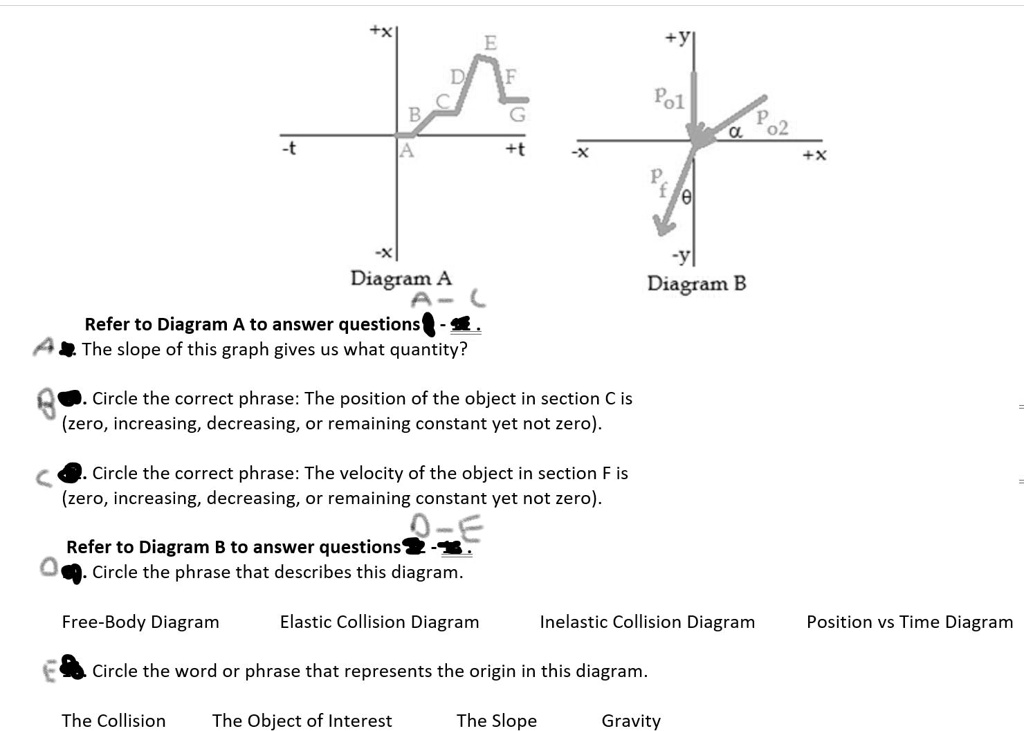



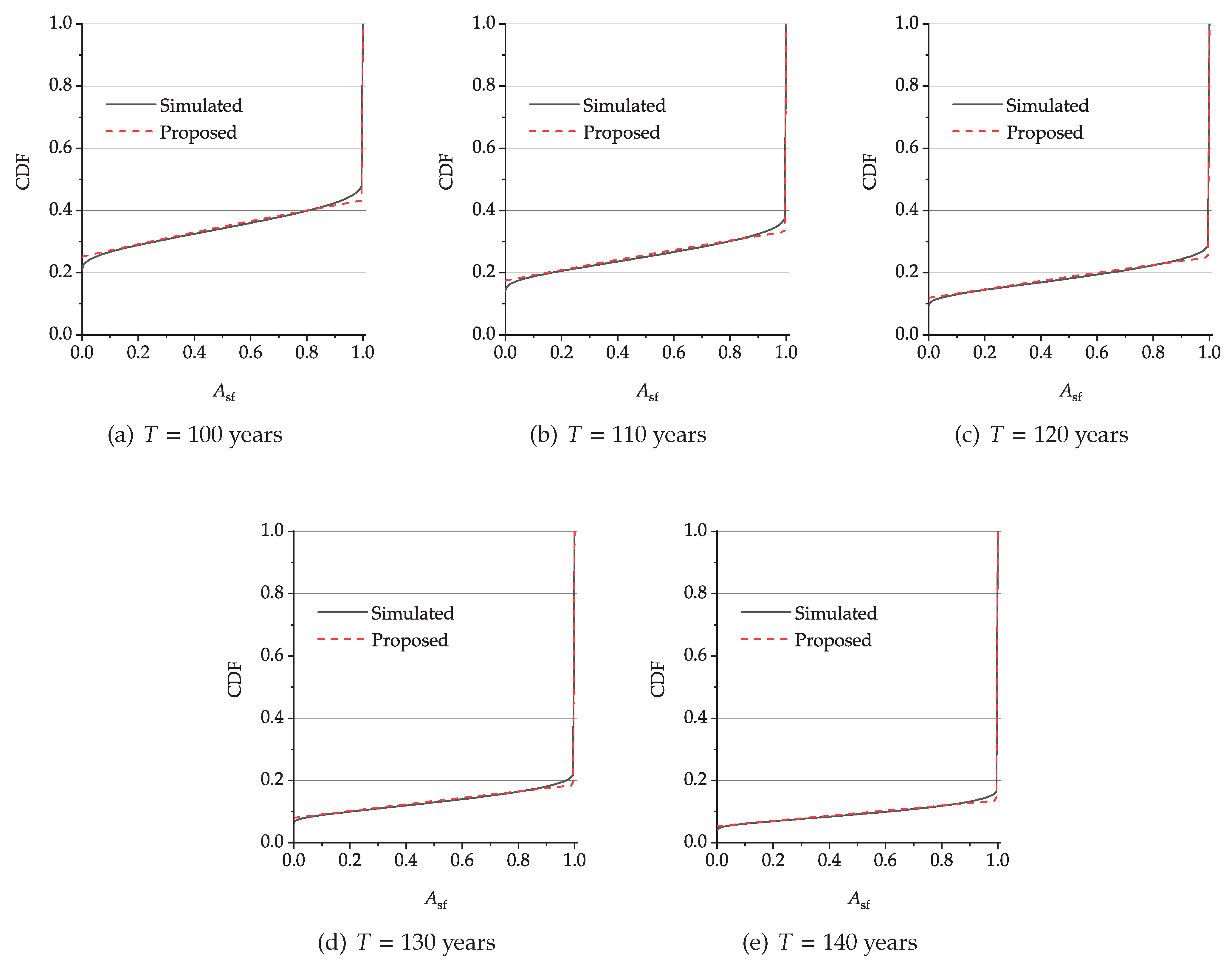

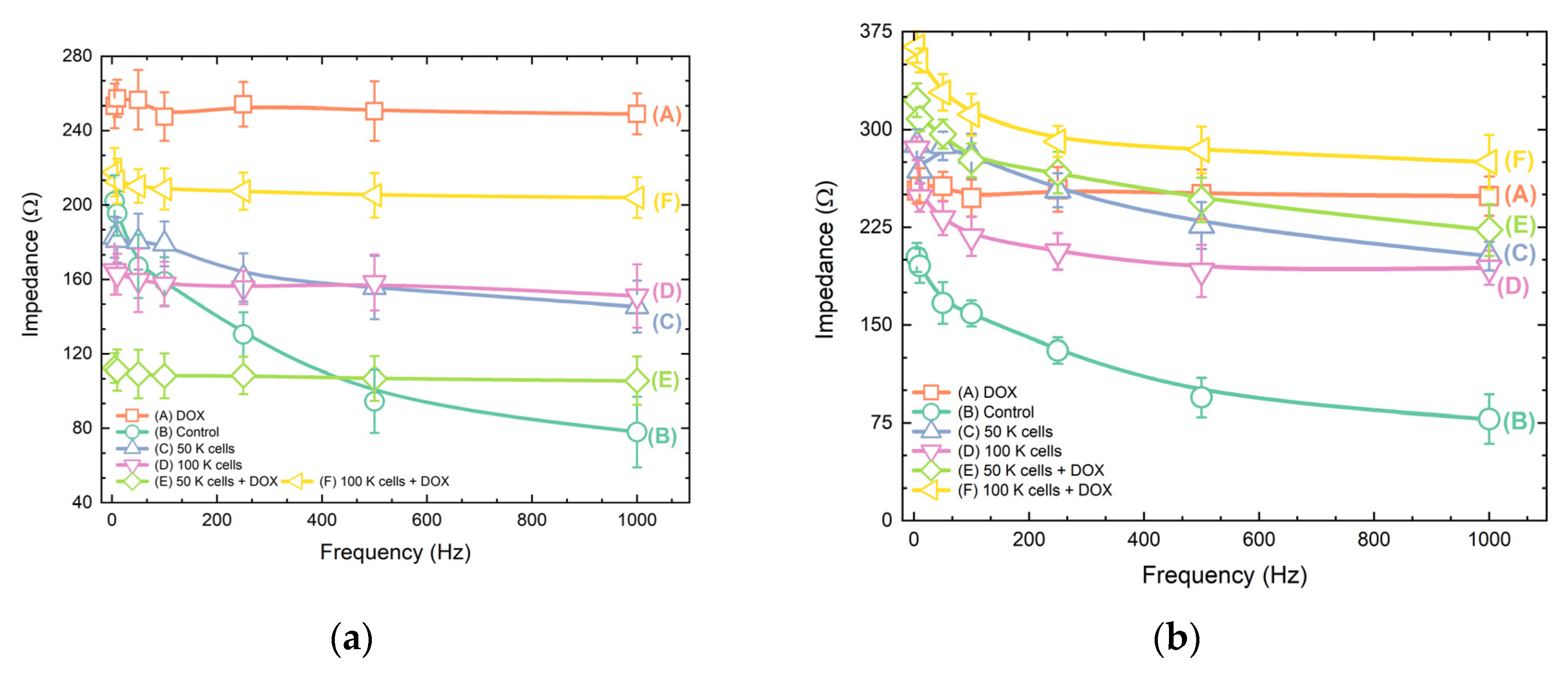


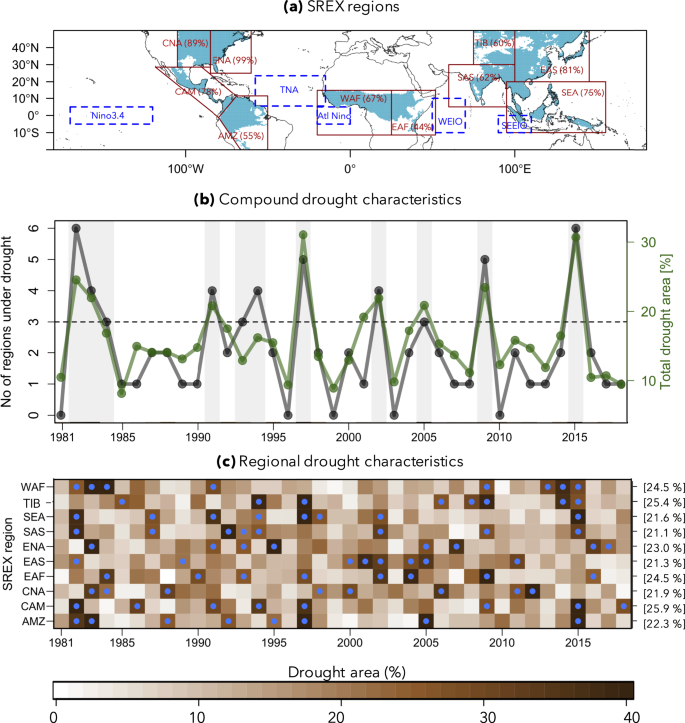
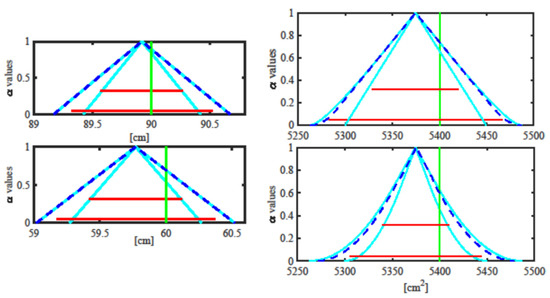
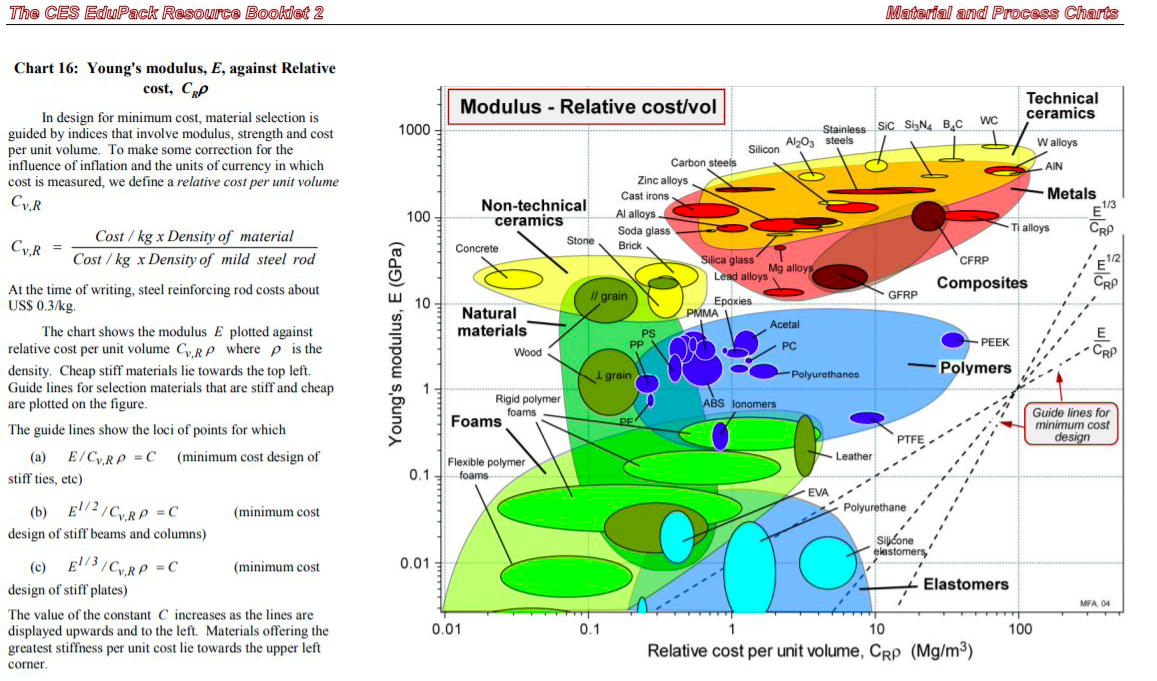
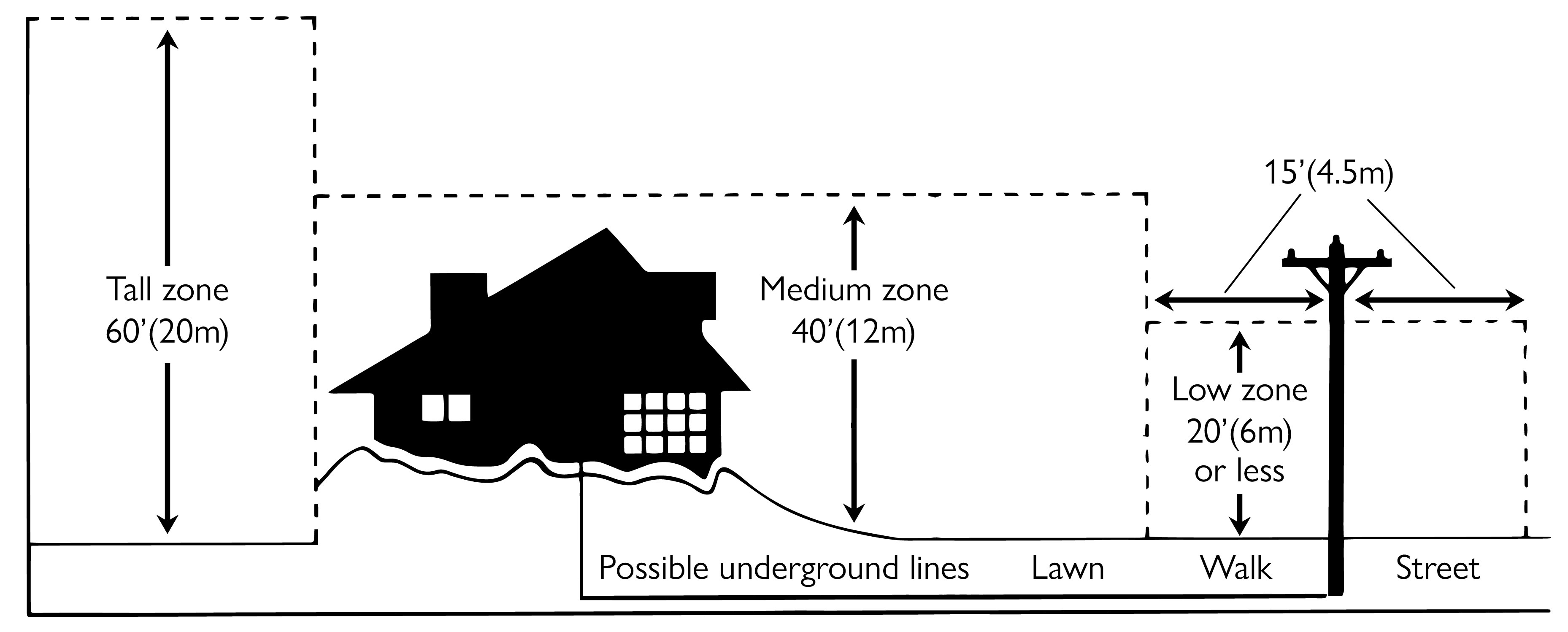
/dotdash_INV-final-Fibonacci-Numbers-and-Lines-Definition-and-Uses-June-2021-01-cafe495212fa456db6d4a28a86376373.jpg)


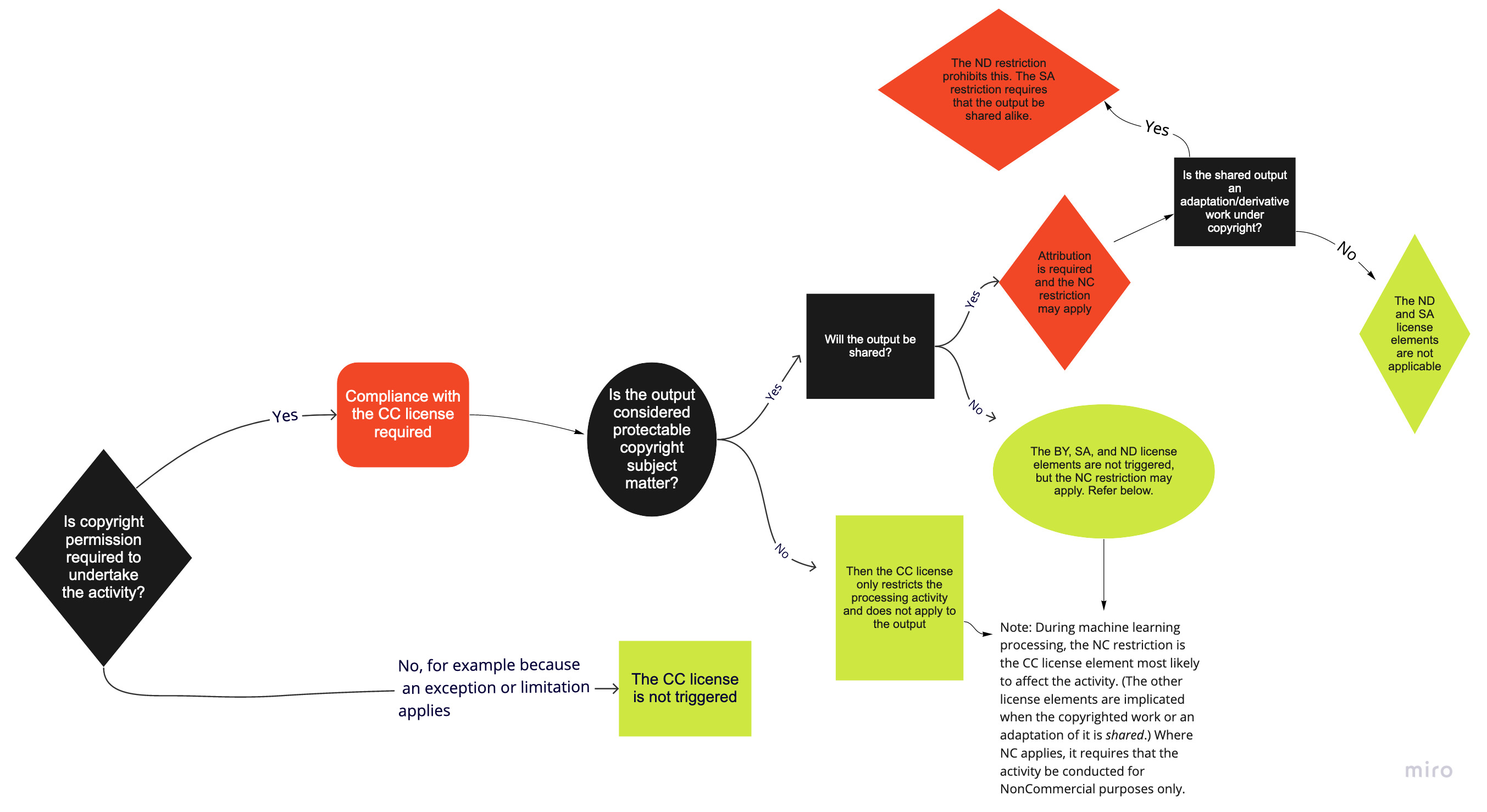

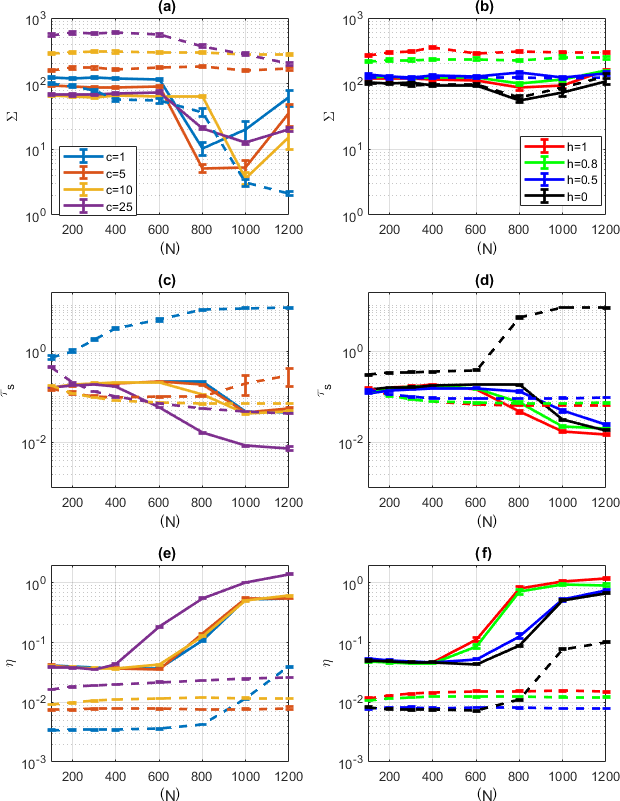
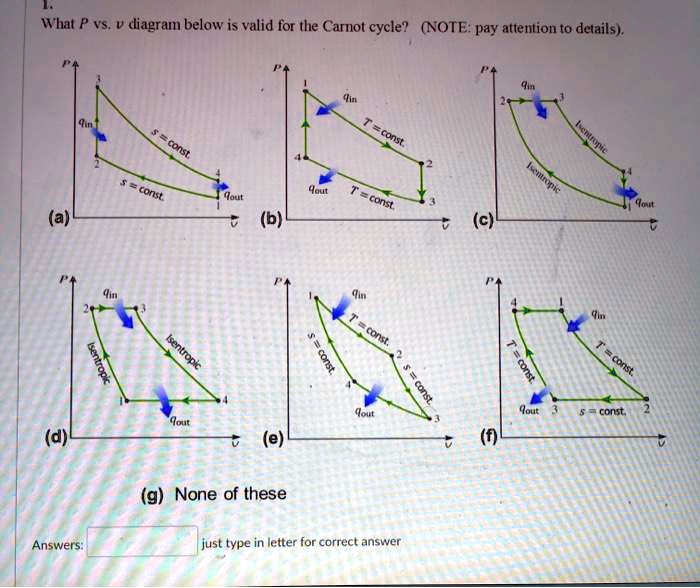
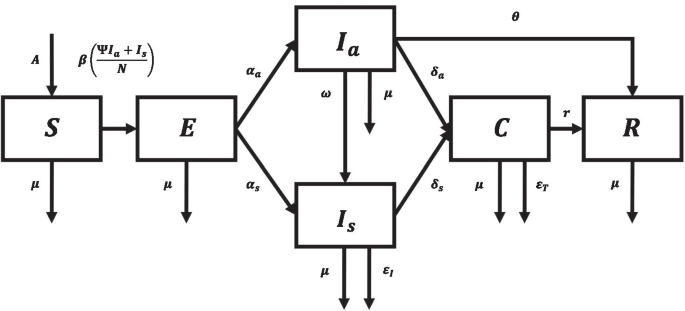

![Iron-Carbon Phase Diagram Explained [with Graphs]](https://fractory.com/wp-content/uploads/2020/03/Iron-carbon-phase-diagram-explained.jpg)
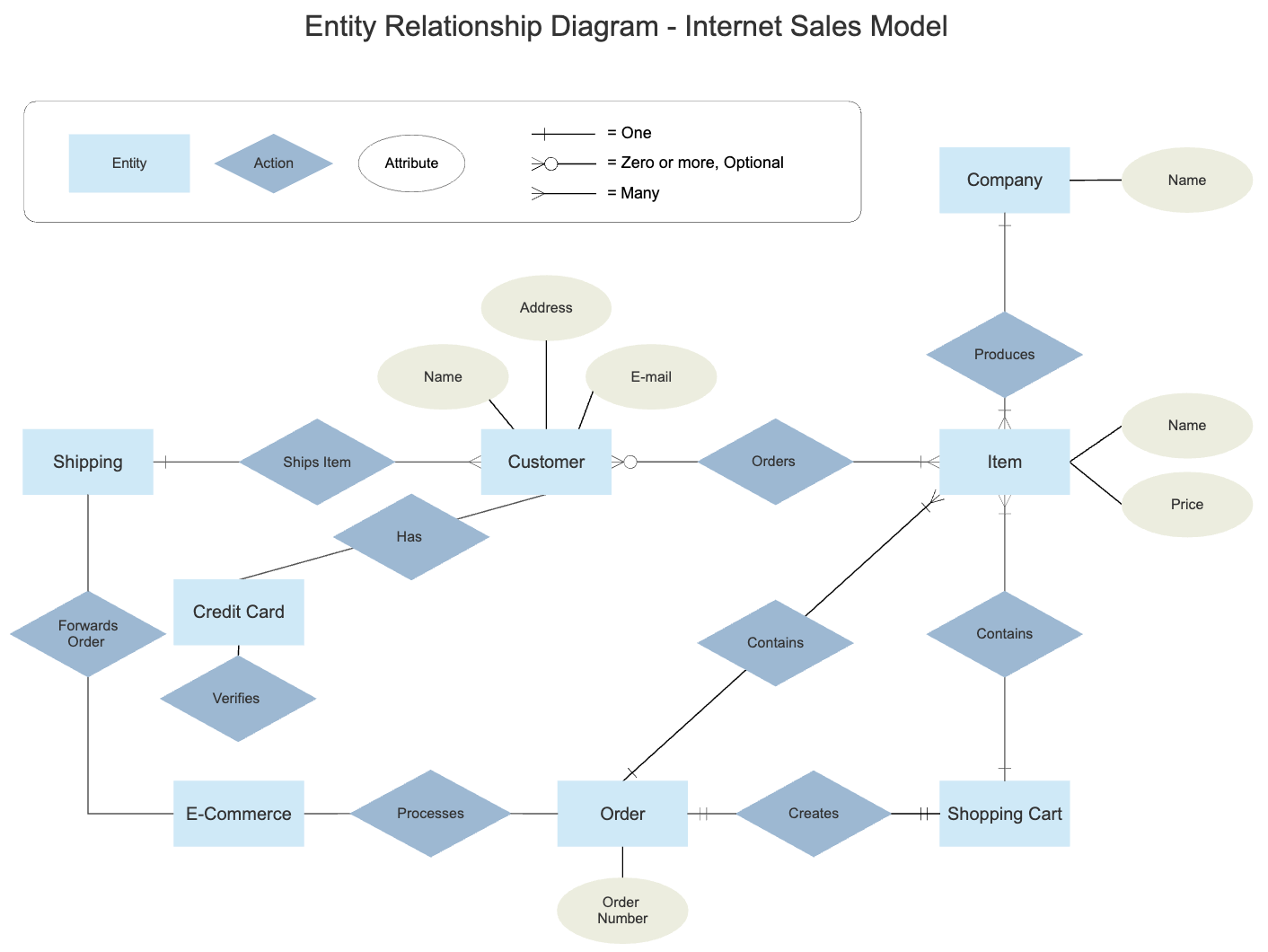
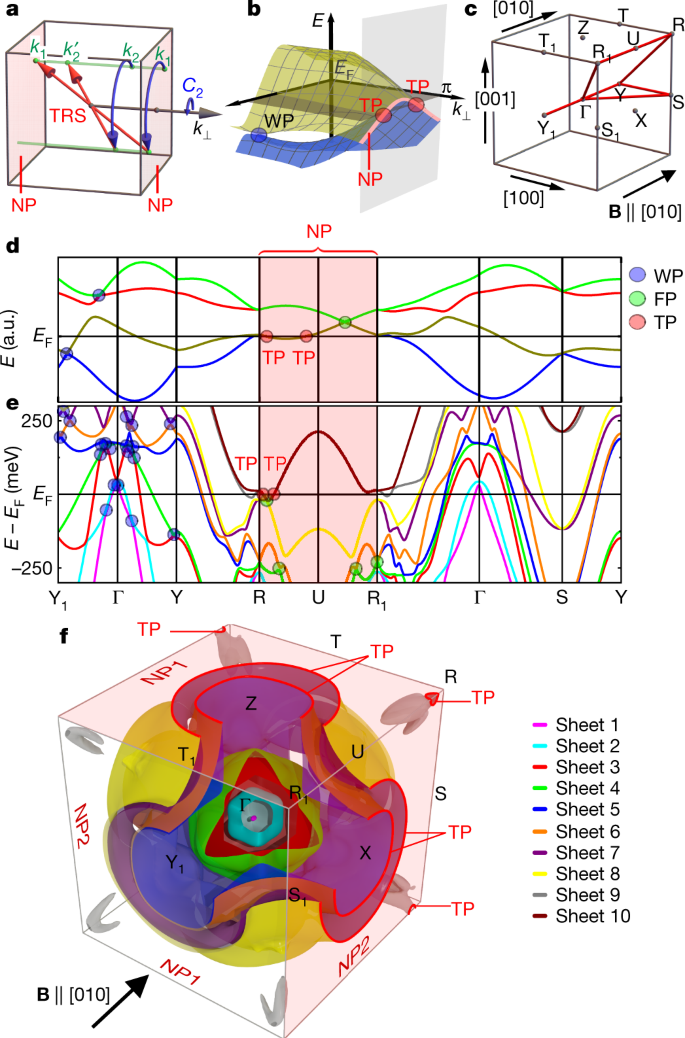
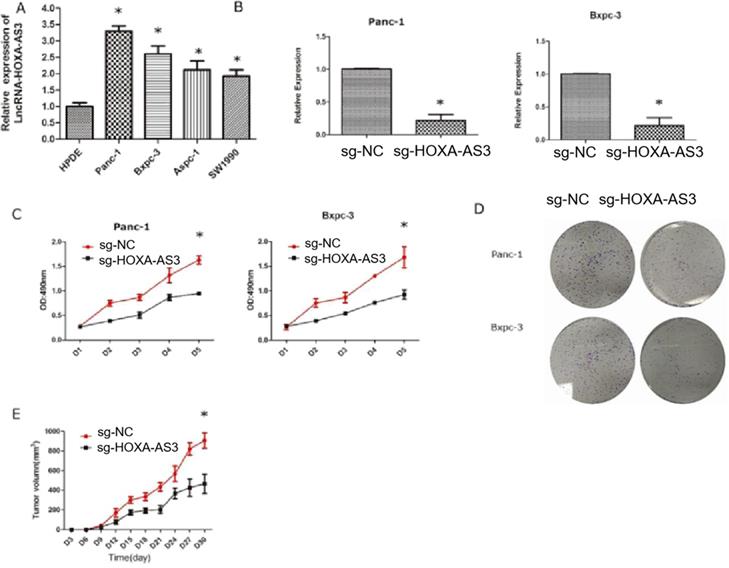

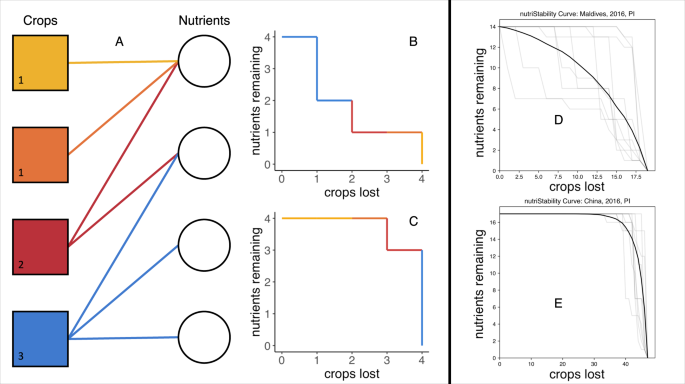



/dotdash_INV-final-Fibonacci-Numbers-and-Lines-Definition-and-Uses-June-2021-01-cafe495212fa456db6d4a28a86376373.jpg)
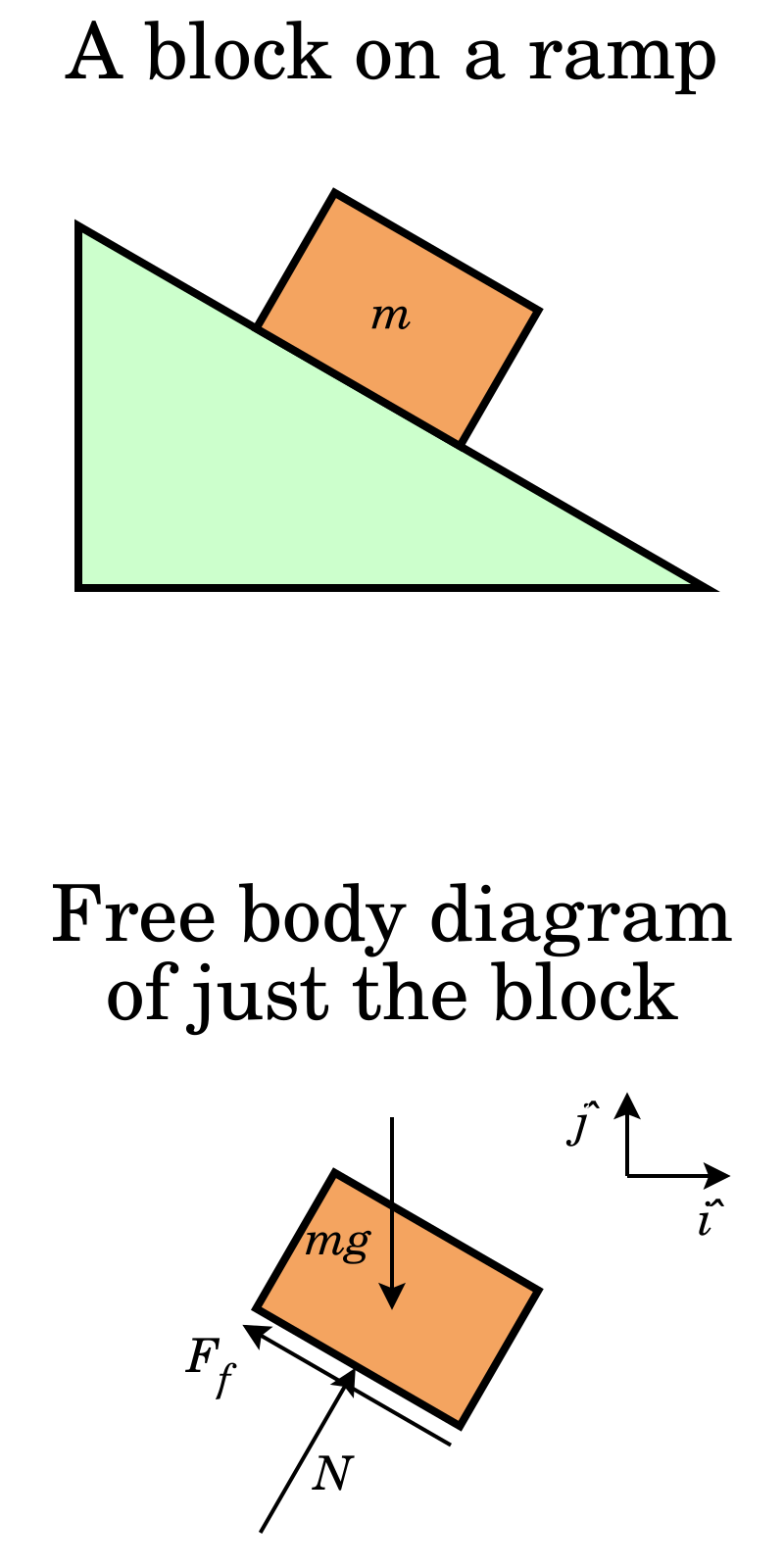
0 Response to "37 consider the diagram. lines e and c can be described as ."
Post a Comment